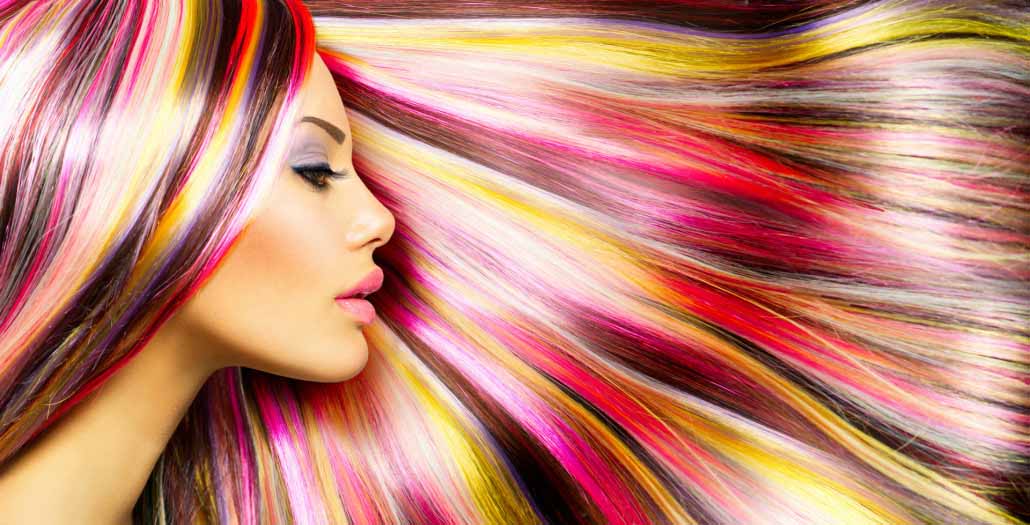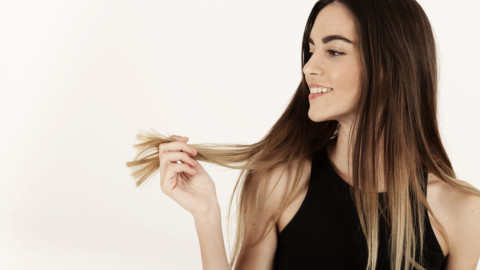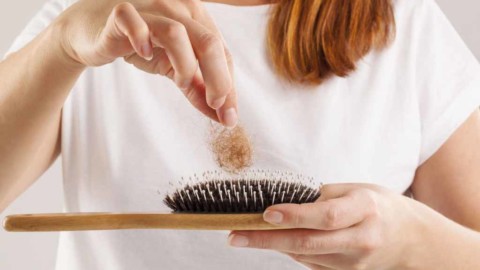Whether you still have untreated, virgin hair or you’ve been coloring your mane for a while, it’s tough to avoid harsh ingredients that can potentially leave your locks dry and damaged. Hair products are costly, especially if you’re buying for multiple people in a household. We’d all love to purchase organic, all-natural, hair-care options all the time, but the truth is that it’s not always possible if you’re on a budget or in a hurry. Who has the time to consider what’s in their shampoo, conditioner, or hairspray? There are only twenty-four hours in a day, after all!
We wanted to cover the basics and let you know which ingredients are the worst for your hair. While individual companies have made the move to remove some of these nasty chemicals from their products, they’re still floating around out there. Below you’ll find an explanation of each ingredient, why they’re not good for your hair, and tips on how to avoid each one.
8 Ingredients to Avoid
Here are eight ingredients to avoid when purchasing hair care products.
Ammonia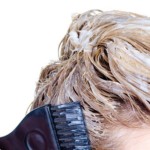
Are you rocking a gorgeous grey mane or do you prefer to dye your hair every so often to refresh your look? If you’re a frequent dyer, it pays to check the ingredients label on the box (or speak to your haircare professional). The dyeing process can be very harsh on your hair, but with proper care, you don’t have to suffer through breakage and damage. Still, you’re better off selecting dyes without ammonia.
While there’s still little evidence that links hair dye to cancer growth, ammonia’s strong smell makes it potentially dangerous for users with breathing issues.
Alcohols
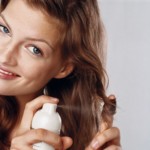 There are a few types of alcohols found in hair care ingredients, and the main reason to avoid them is that they will dry out your hair — big time. If you’ve already got dry locks, washing with a product that’s laden with alcohols like isopropyl alcohol will leave your mane dying of thirst. And isn’t dryness the opposite of what most of us want for our hair?
There are a few types of alcohols found in hair care ingredients, and the main reason to avoid them is that they will dry out your hair — big time. If you’ve already got dry locks, washing with a product that’s laden with alcohols like isopropyl alcohol will leave your mane dying of thirst. And isn’t dryness the opposite of what most of us want for our hair?
Other alcohols to avoid: propylene glycol and polyethylene glycol.
Note: Not all alcohols are ultra-terrible for your hair. Those that pose the most significant problems are listed above.
Parabens
Intended to stop the growth of bacteria inside your shampoo or makeup bottle, there’s also some evidence that parabens pose a health risk. The chemicals aren’t just in your hair care products, though. They’re used as an additive in cosmetics and even food. The problem with commonly used parabens? Their chemical makeup is similar to that of estrogen, which may encourage the growth of certain breast cancers.
Sulfates
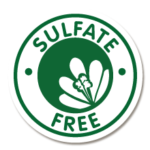
Sulfates are often found in cleaning products, like laundry detergent because they’re great at loosening up oils and dirt and getting them off of clothing. Unfortunately, these potent chemicals are also found in hair products like shampoo. They might get your hair super clean, but in the process, they’ll also strip your locks of natural oils leaving you with hair that’s incredibly dry and prone to breakage. Thankfully, many companies are moving away from using both parabens and sulfates in their products, and they’ve been quick to add this info to their labeling.
Perfumes
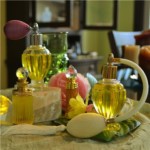
Synthetic fragrances are bad news for users with allergies or reactive skin. It’s why so many products formulated for sensitive skin are free of synthesized perfumes. Migraine sufferers should also stay away from highly perfumed products since certain scents may act as triggers for crippling attacks. If you really want that lingering soft scent of coconut and vanilla, check for natural ingredients that give a product its pleasant smell. If you’re a migraineur, it may be wise to avoid scented products altogether since even natural odors may cause headaches.
Formaldehyde
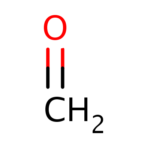 If you know anything about funeral homes — and haven’t we all wept while watching the HBO hit Six Feet Under? — You’re probably aware that funeral home workers use formaldehyde to preserve bodies and prevent them from rotting away. So why is this an ingredient in your hair products? Good question. Like parabens, this chemical also inhibits bacterial growth and helps with preservation. But, it’s also a known carcinogen. Avoid it if you can!
If you know anything about funeral homes — and haven’t we all wept while watching the HBO hit Six Feet Under? — You’re probably aware that funeral home workers use formaldehyde to preserve bodies and prevent them from rotting away. So why is this an ingredient in your hair products? Good question. Like parabens, this chemical also inhibits bacterial growth and helps with preservation. But, it’s also a known carcinogen. Avoid it if you can!
Dyes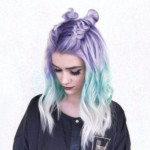
Like fragrances, synthetic dyes also have the potential to cause skin allergies. There’s also evidence that certain dyes pose a cancer risk. There’s no good reason your shampoo needs to be synthetically dyed to appear seafoam blue. Check the label for numbered colors on the ingredients list (e.g., Blue 1, Yellow 5), choose non-colored products instead of bright orange or bright blue ones, and look for products colored with natural dyes made from plant-based ingredients.
Chlorine
It’s no surprise that chlorine finds itself on our list. If you’ve ever swum in a chlorinated pool, you’re likely well aware of the effects this chemical has on hair. It can wash out light colored locks, and it has the ability to nearly totally sap moisture from hair. Taking care to rinse hair after a swim is super important. For regular swimmers, a chlorine-removal shampoo is recommended. Applying regular hair masks to re-condition and add moisture to hair is also a good idea.
How to Spot These Questionable Ingredients
Are you feeling nervous that you’ll have trouble avoiding the above-listed chemicals? Don’t stress yourself out. Carefully reading labels is the first step to controlling what touches your hair. Still feeling overwhelmed? Talk to your go-to stylist for tips and product recommendations for your specific hair type and texture.
You may not be able to avoid them all, but exposing your hair to fewer of these ingredients will help you maintain healthy, vibrant hair for longer. For example, if you can’t give up your go-to shampoo because you love its synthetic fragrance, then make sure to keep products with sulfates away from your hair. Many companies now feature front-and-center labeling to let you know they’ve eliminated some of these harsh chemicals from their products. It makes shopping so much easier for the consumer!
Still not convinced and not ready to leave your top-choice on the shelf? Send your concerns to the maker of your favorite product. Let your voice be heard!

